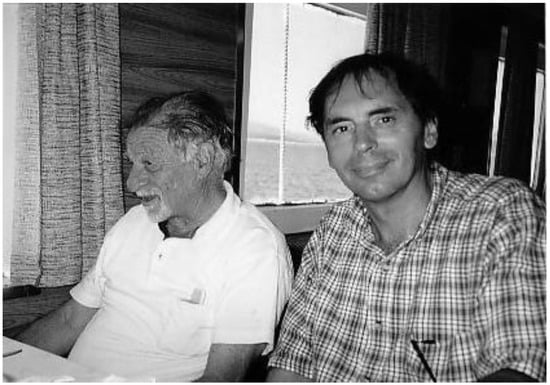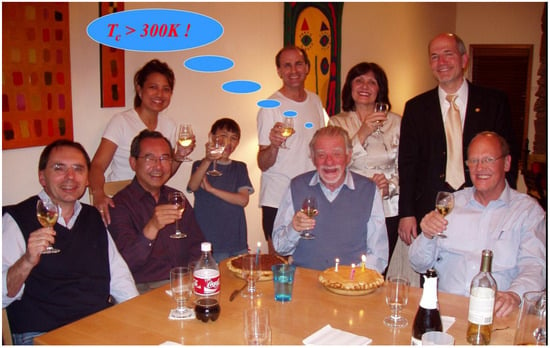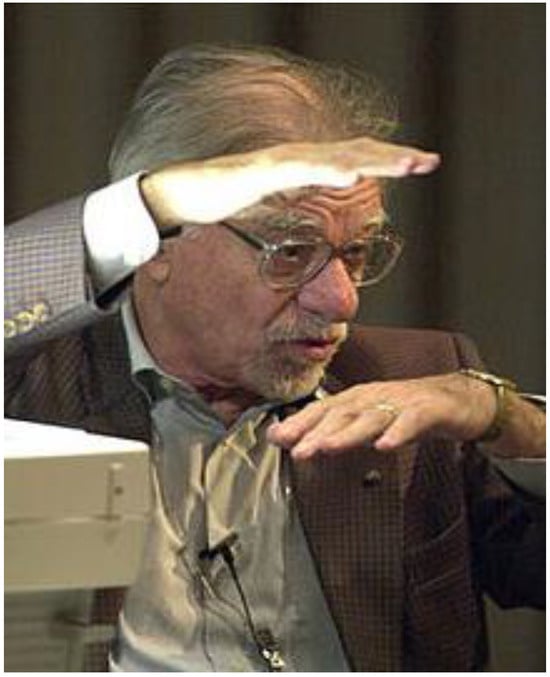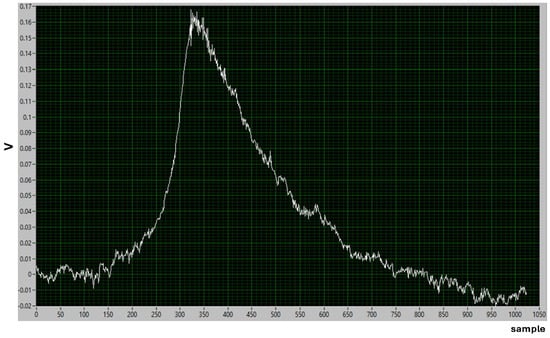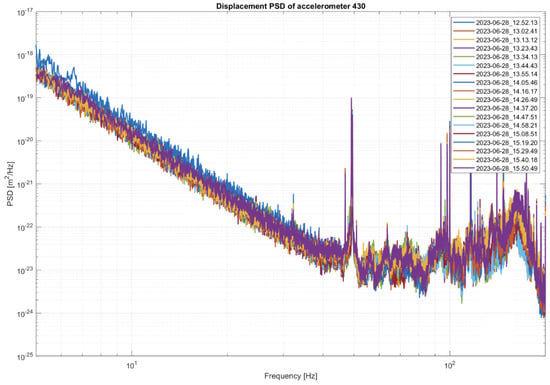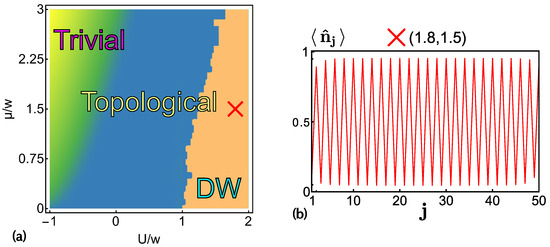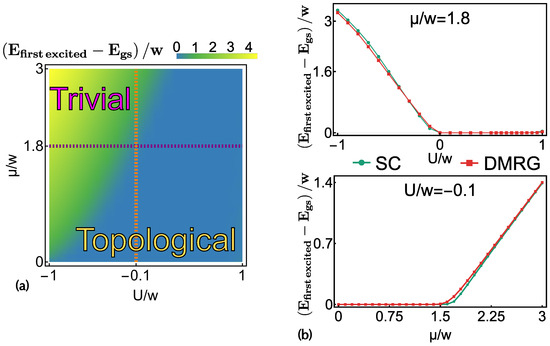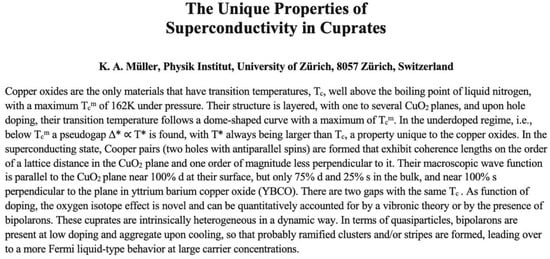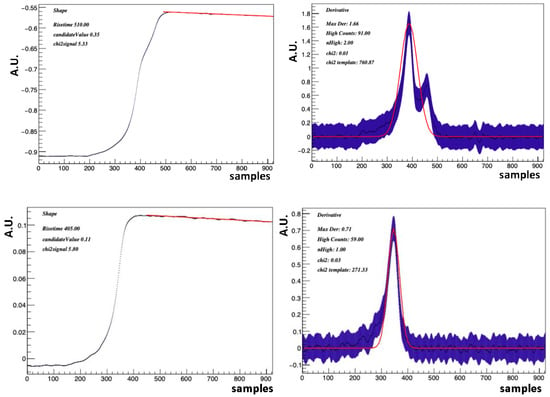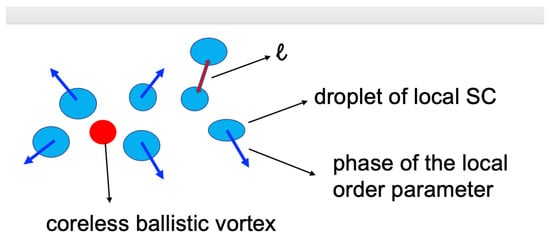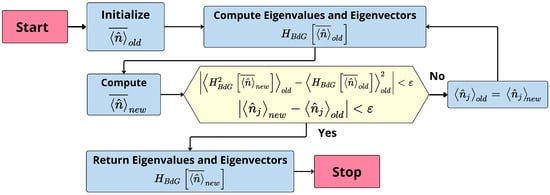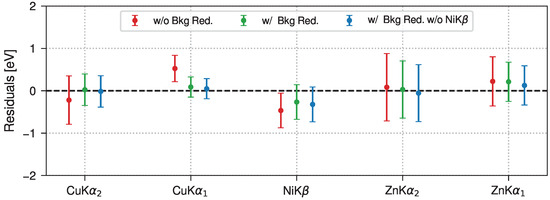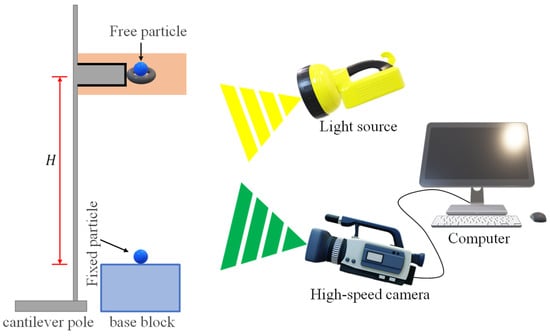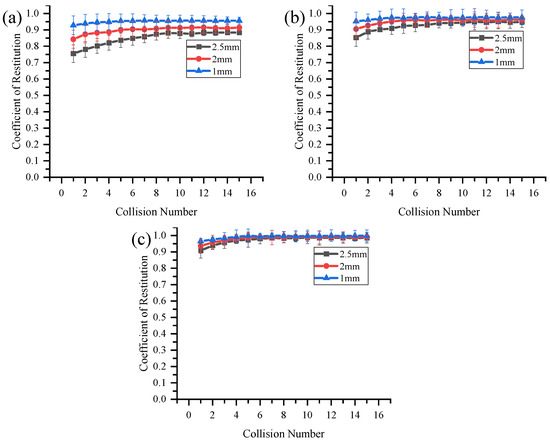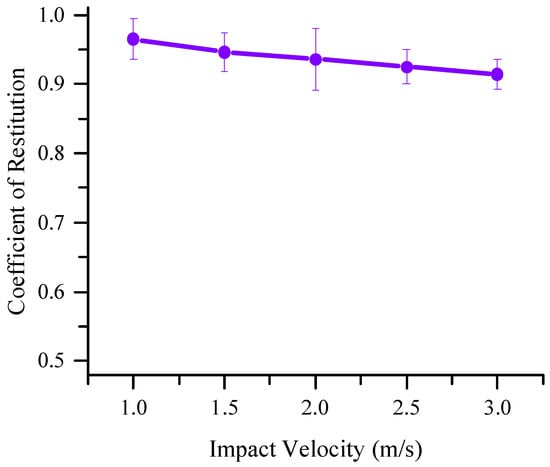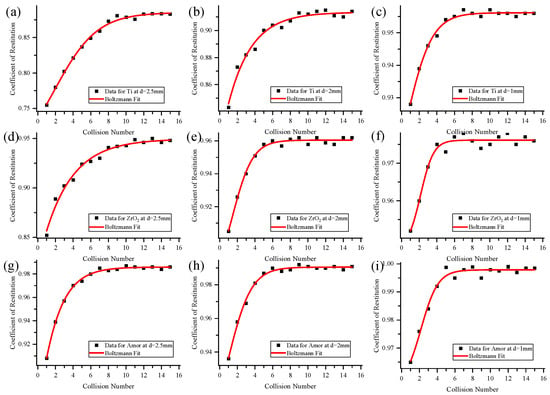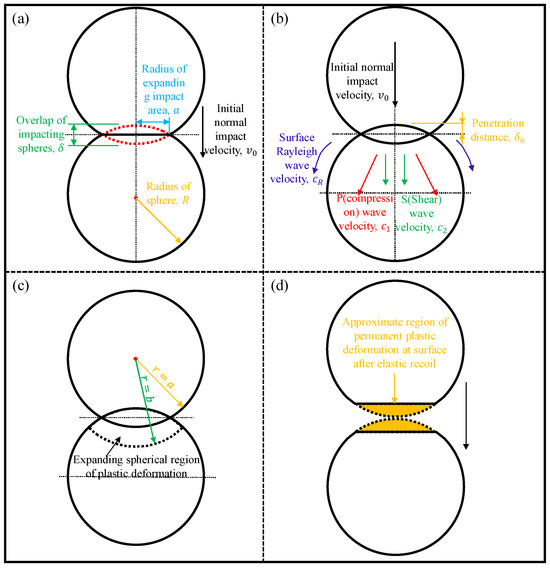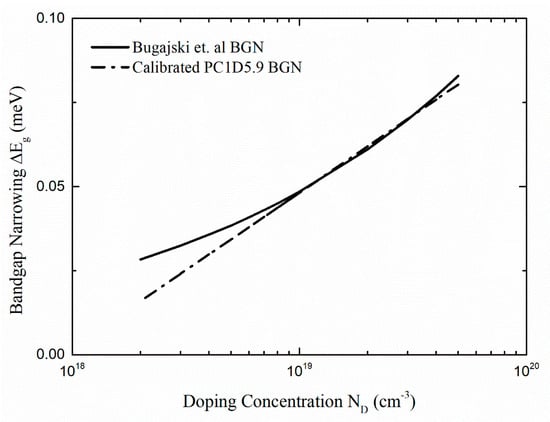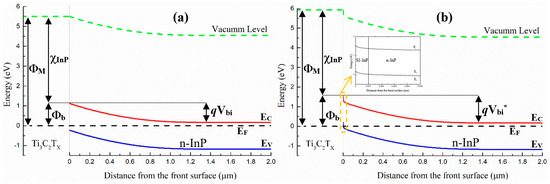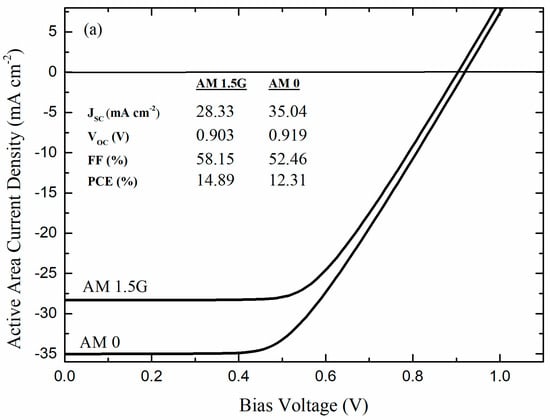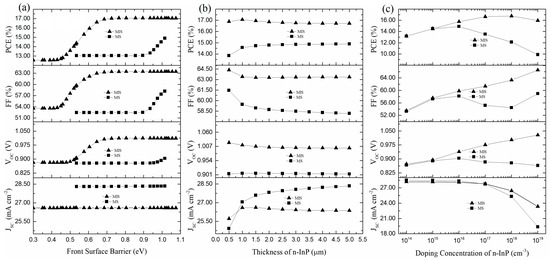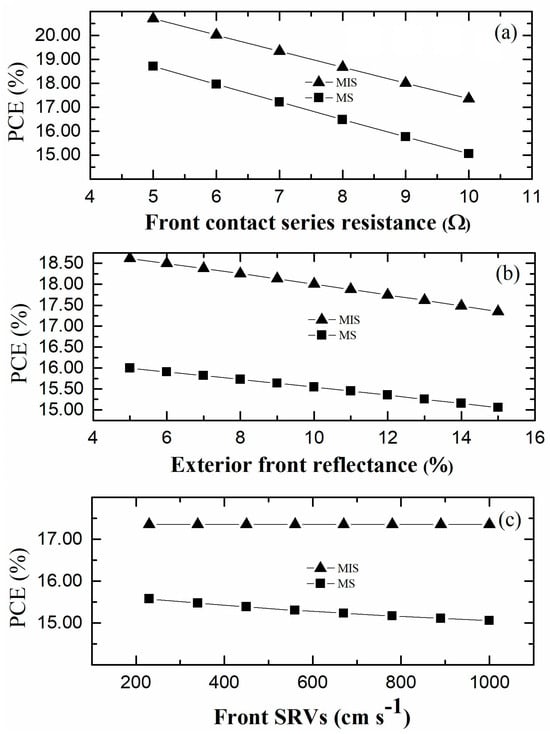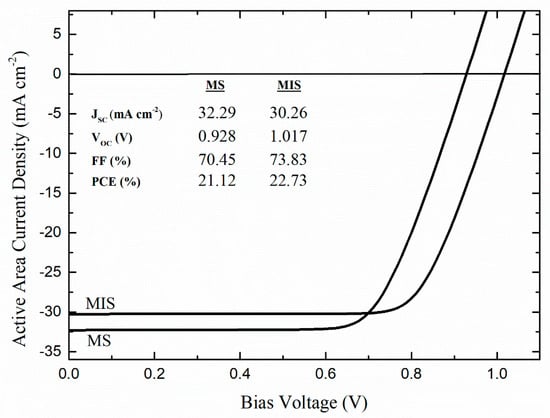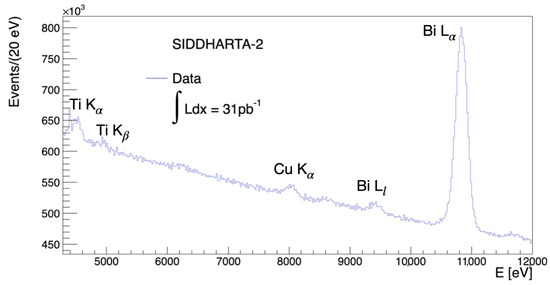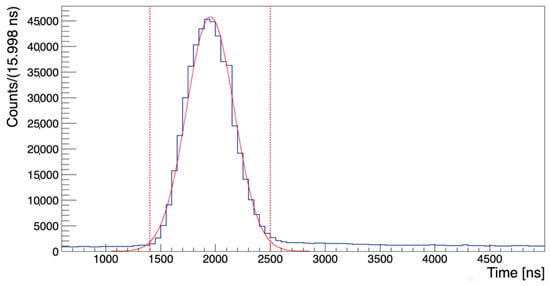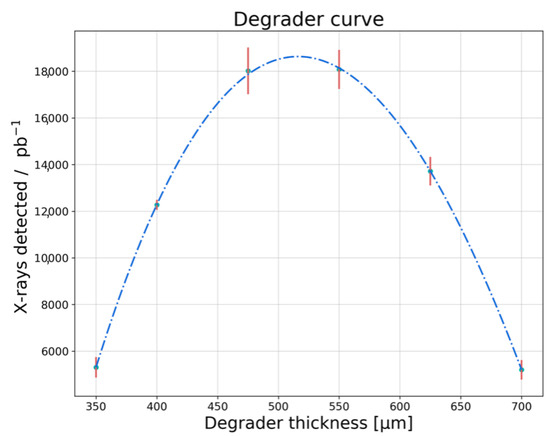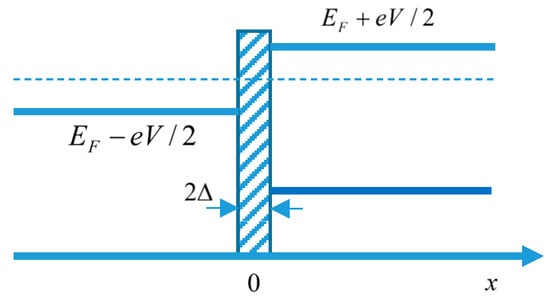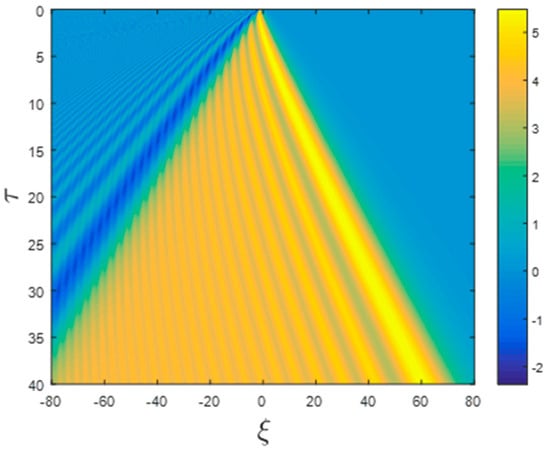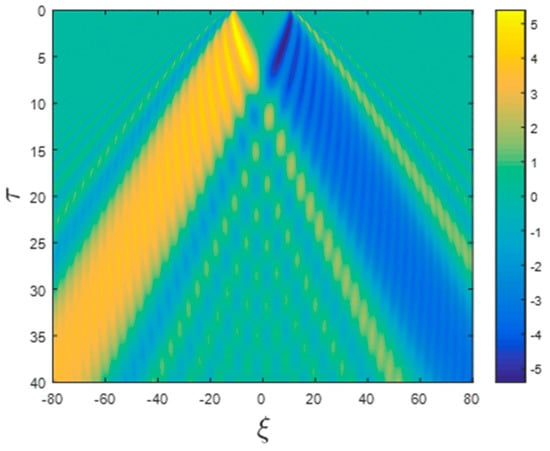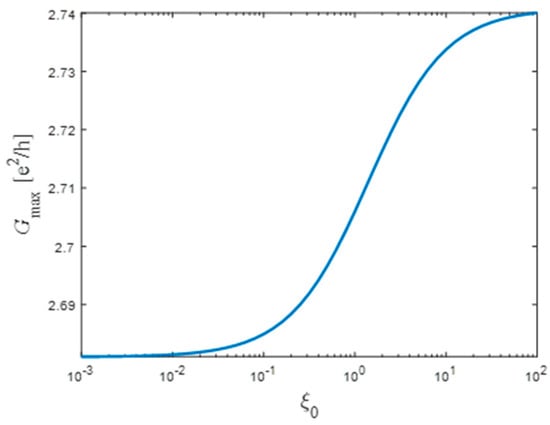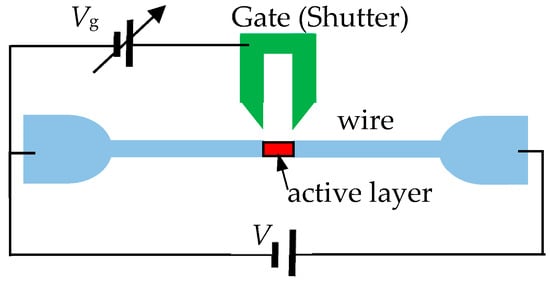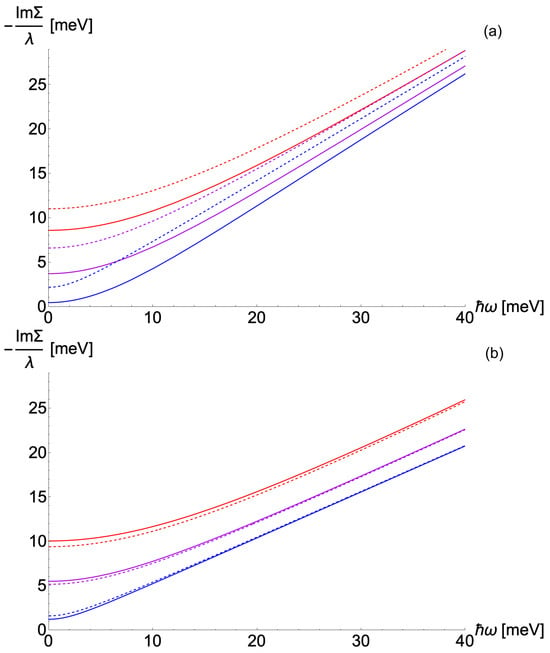PANDORA (Plasmas for Astrophysics Nuclear Decays Observation and Radiation for Archaeometry) is an INFN project aiming at measuring, for the first time, possible variations in in-plasma
-decay lifetimes in isotopes of astrophysical interest as a function of thermodynamical conditions of the in-laboratory
[...] Read more.
PANDORA (Plasmas for Astrophysics Nuclear Decays Observation and Radiation for Archaeometry) is an INFN project aiming at measuring, for the first time, possible variations in in-plasma
-decay lifetimes in isotopes of astrophysical interest as a function of thermodynamical conditions of the in-laboratory controlled plasma environment. Theoretical predictions indicate that the ionization state can dramatically modify the
-decay lifetime (even of several orders of magnitude). The PANDORA experimental approach consists of confining a plasma able to mimic specific stellar-like conditions and measuring the nuclear decay lifetime as a function of plasma parameters. The
-decay events will be measured by detecting the
-ray emitted by the daughter nuclei, using an array of 12 HPGe detectors placed around the magnetic trap. In this frame, plasma parameters have to be continuously monitored online. For this purpose, an innovative, non-invasive multi-diagnostic system, including high-resolution time- and space-resolved X-ray analysis, was developed, which will work synergically with the
-rays detection system. In this contribution, we will describe this multi-diagnostics system with a focus on spatially resolved high-resolution X-ray spectroscopy. The latter is performed by a pin-hole X-ray camera setup operating in the 0.5–20 keV energy domain. The achieved spatial and energy resolutions are 450 µm and 230 eV at 8.1 keV, respectively. An analysis algorithm was specifically developed to obtain SPhC (Single Photon-Counted) images and local plasma emission spectrum in High-Dynamic-Range (HDR) mode. Thus, investigations of image regions where the emissivity can change by even orders of magnitude are now possible. Post-processing analysis is also able to remove readout noise, which is often observable and dominant at very low exposure times (ms). Several measurements have already been used in compact magnetic plasma traps, e.g., the ATOMKI ECRIS in Debrecen and the Flexible Plasma Trap at LNS. The main outcomes will be shortly presented. The collected data allowed for a quantitative and absolute evaluation of local emissivity, the elemental analysis, and the local evaluation of plasma density and temperature. This paper also discusses the new plasma emission models, implemented on PIC-ParticleInCell codes, which were developed to obtain powerful 3D maps of the X-rays emitted by the magnetically confined plasma. These data also support the evaluation procedure of spatially resolved plasma parameters from the experimental spectra as well as, in the near future, the development of appropriate algorithms for the tomographic reconstruction of plasma parameters in the X-ray domain. The described setups also include the most recent upgrade, consisting of the use of fast X-ray shutters with special triggering systems that will be routinely implemented to perform both space- and time-resolved spectroscopy during transient, stable, and turbulent plasma regimes (in the ms timescale).
Full article

























